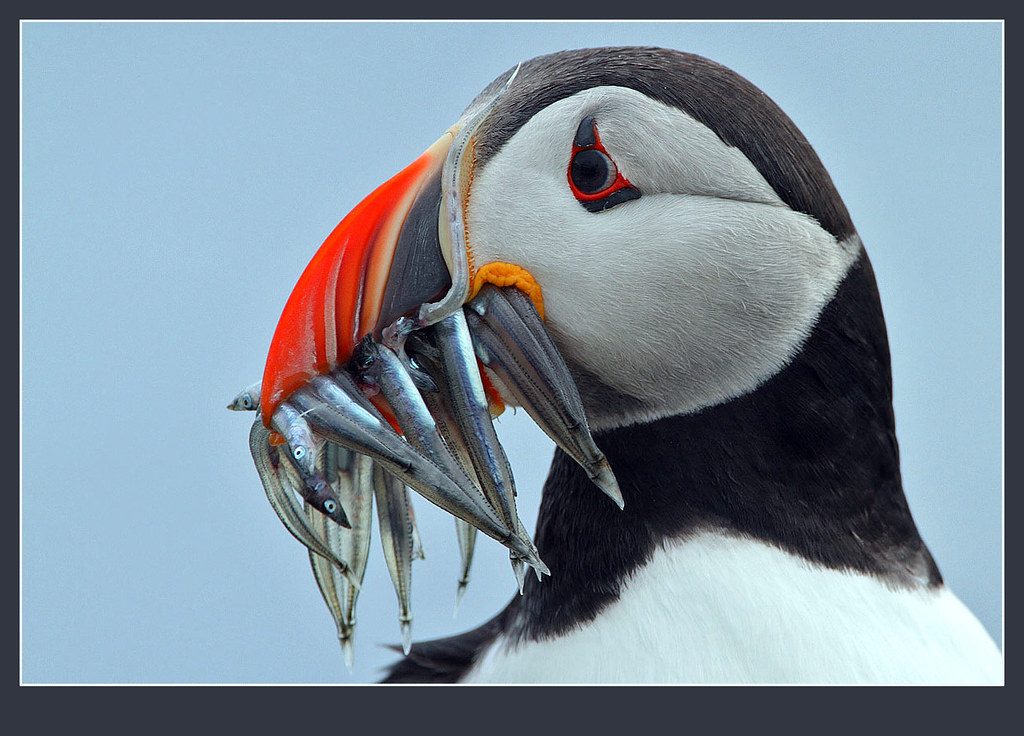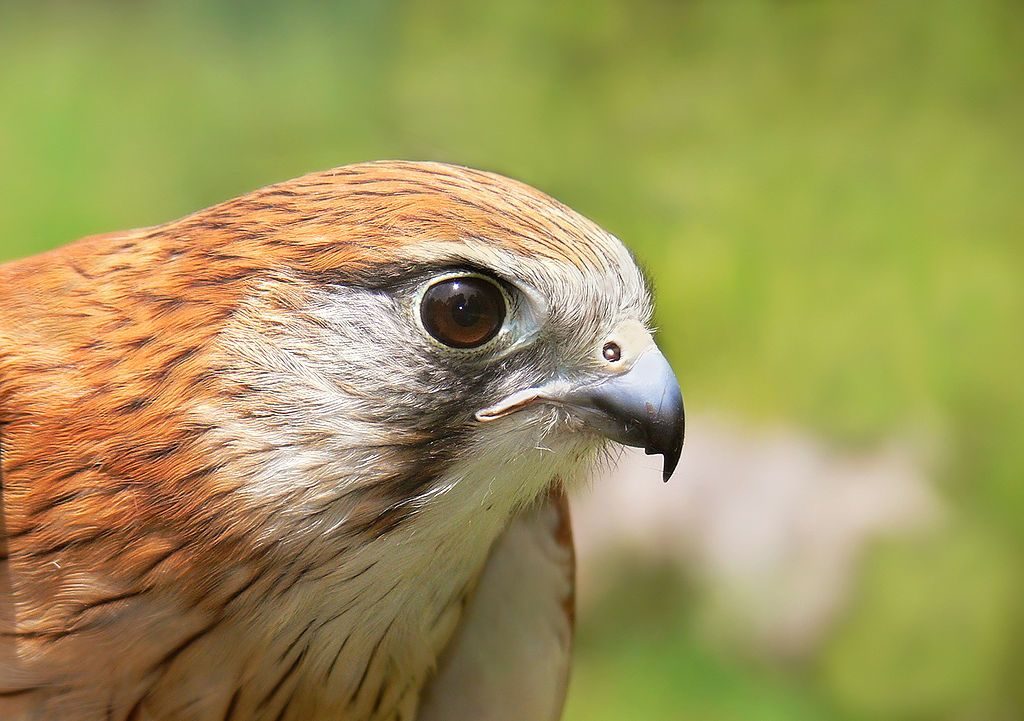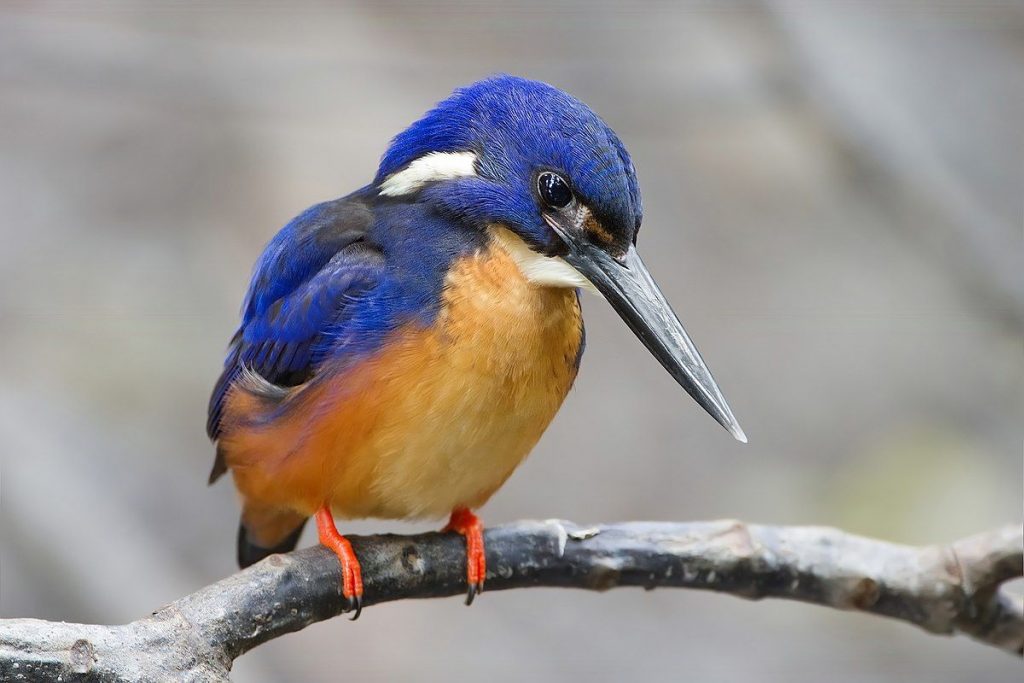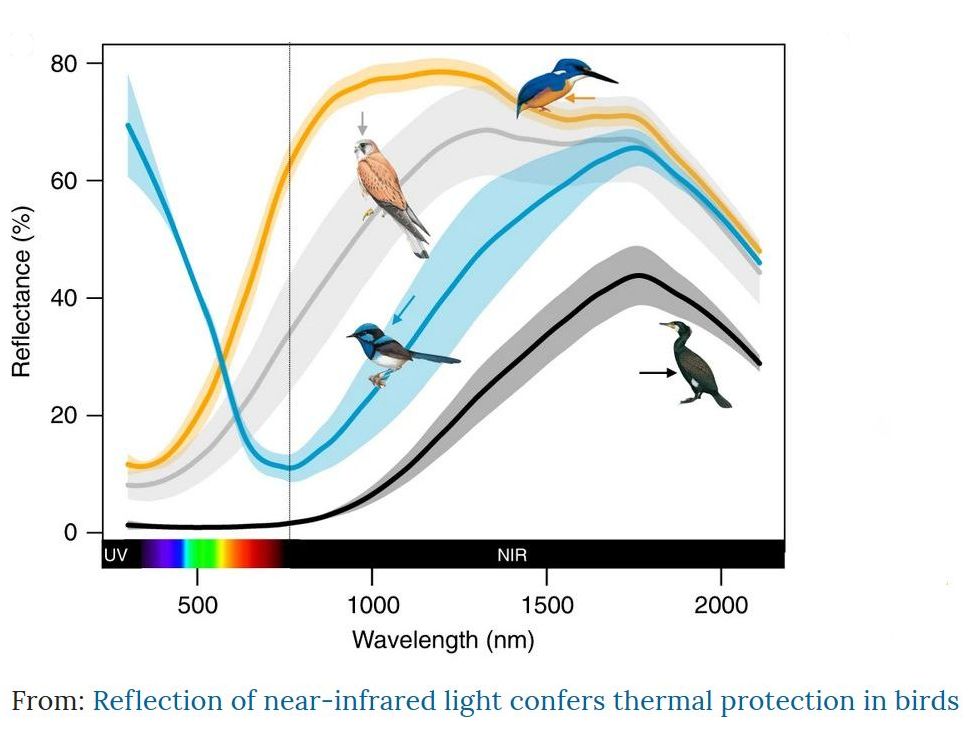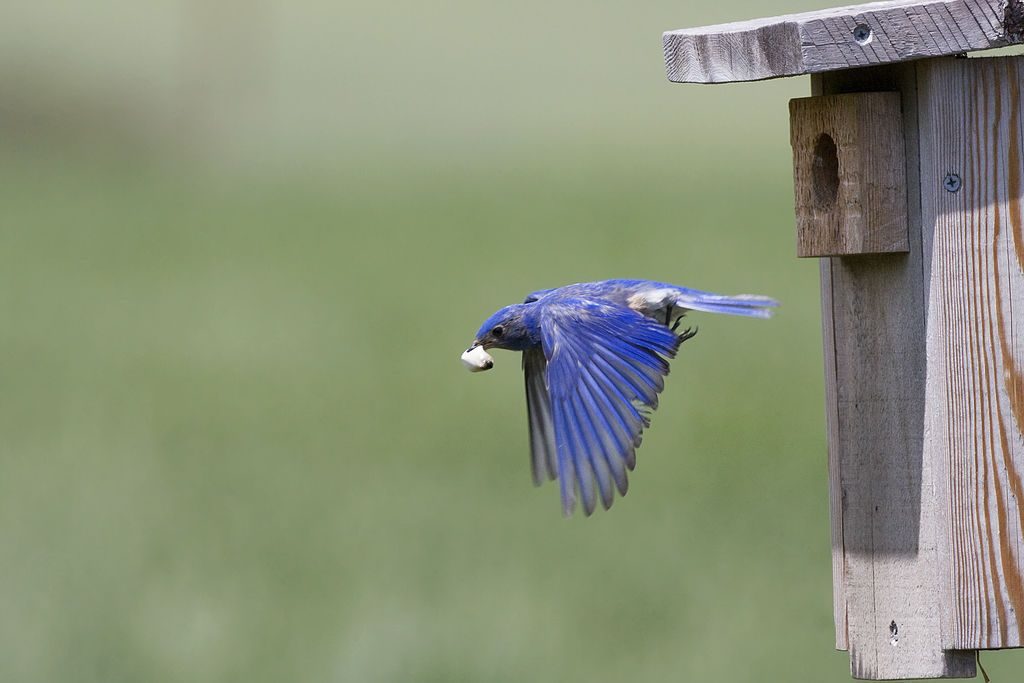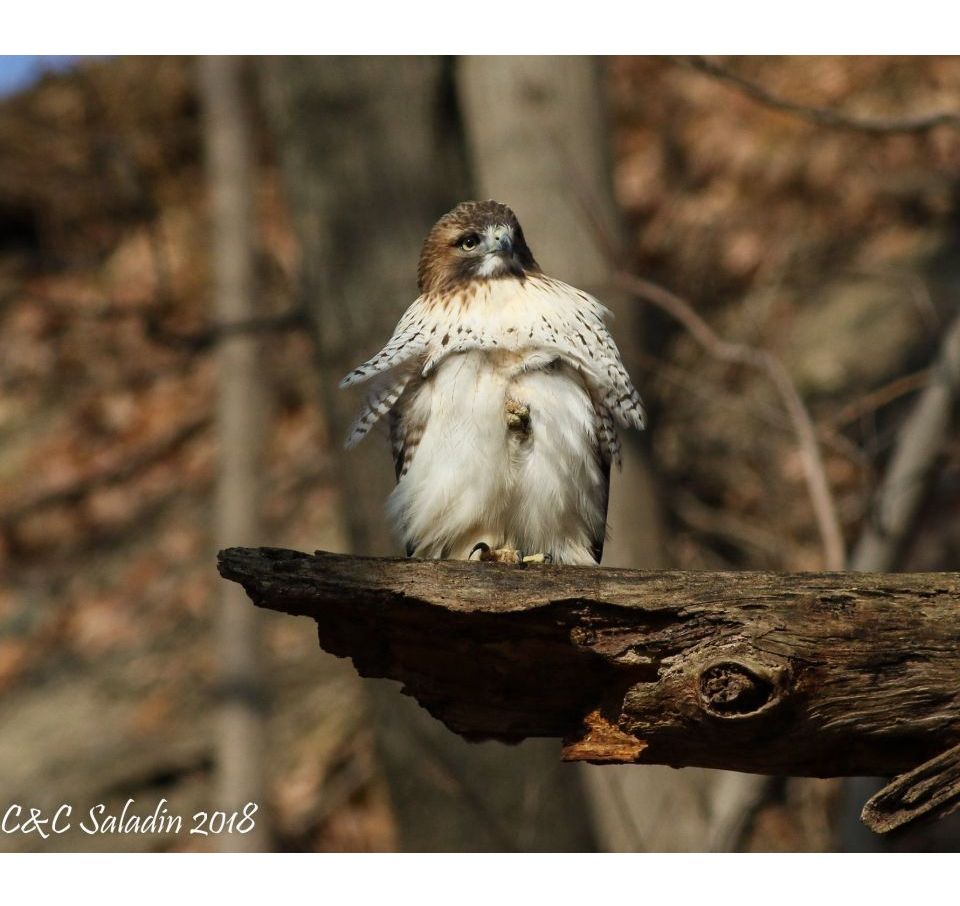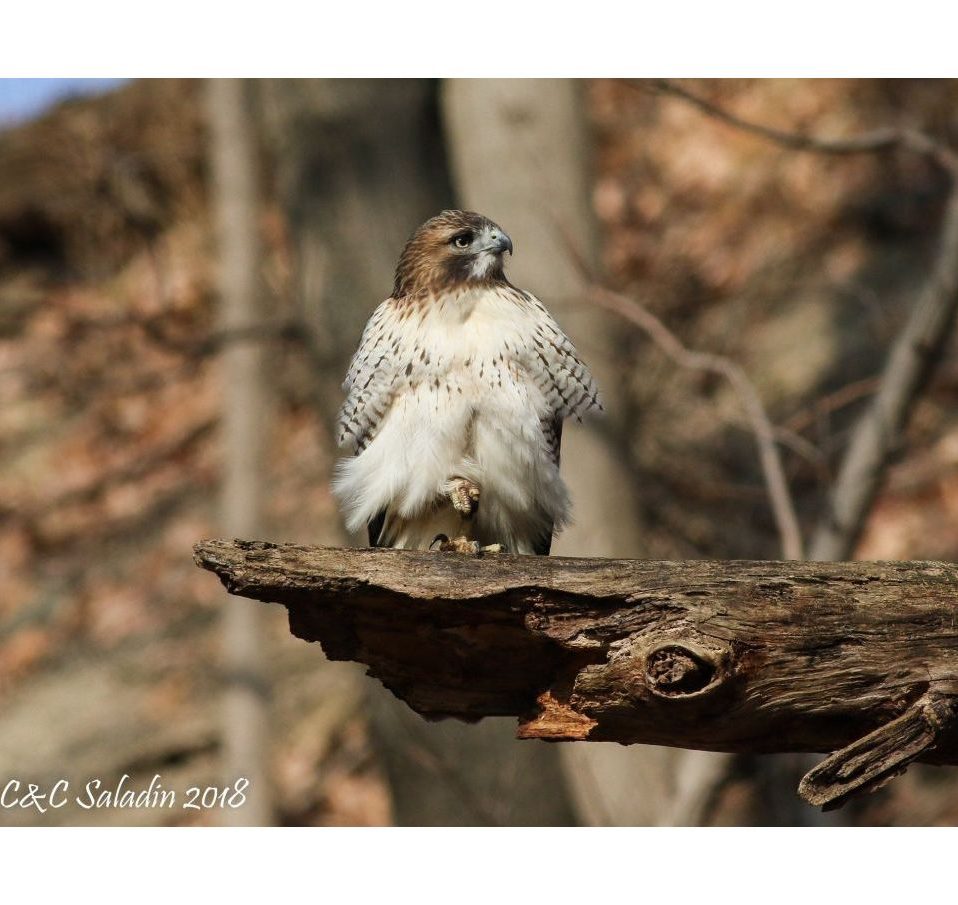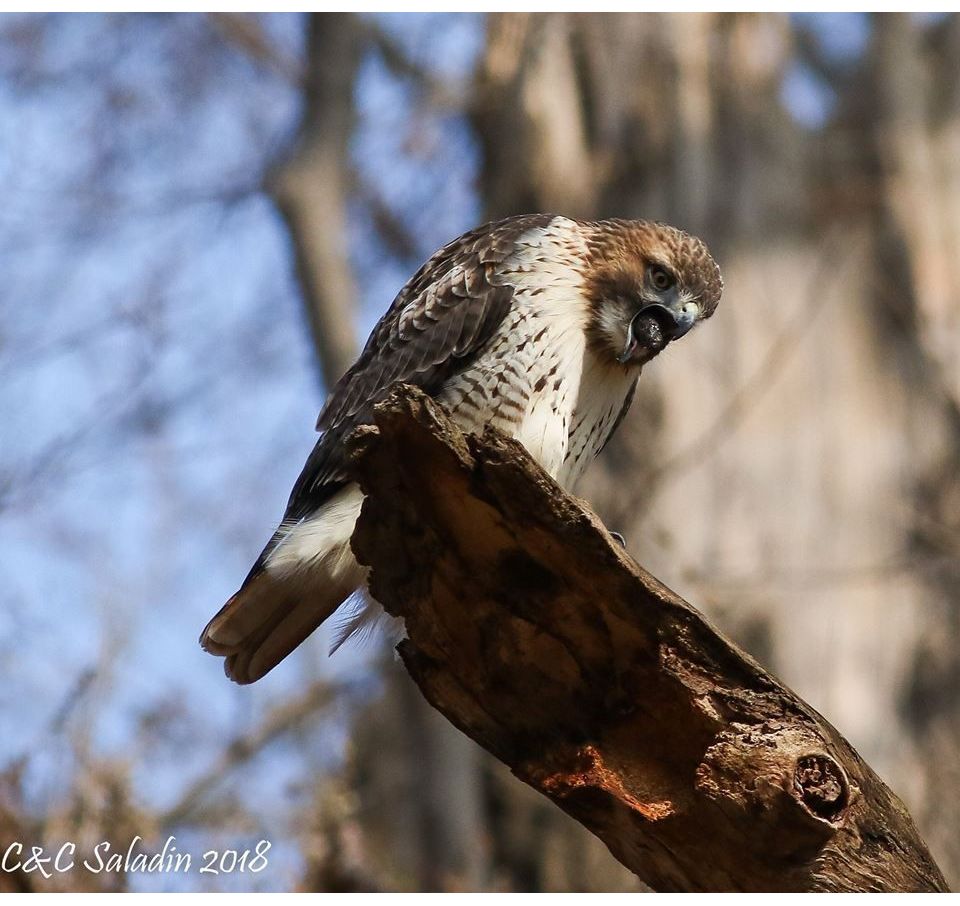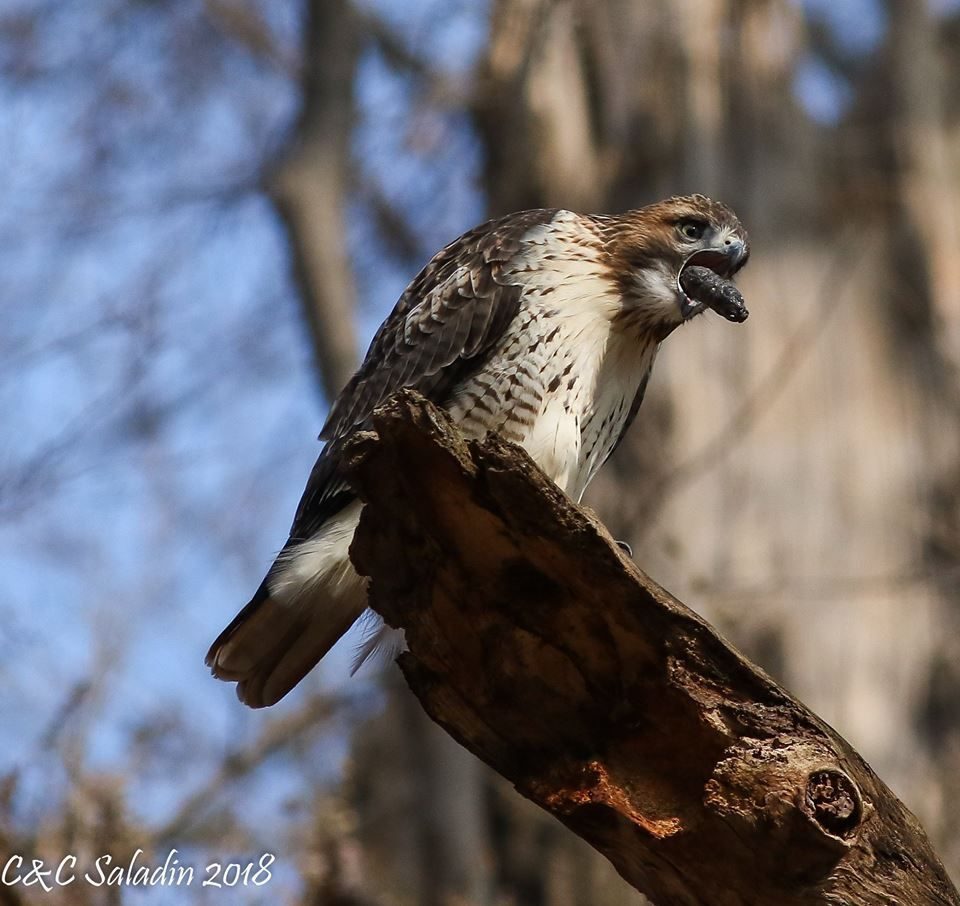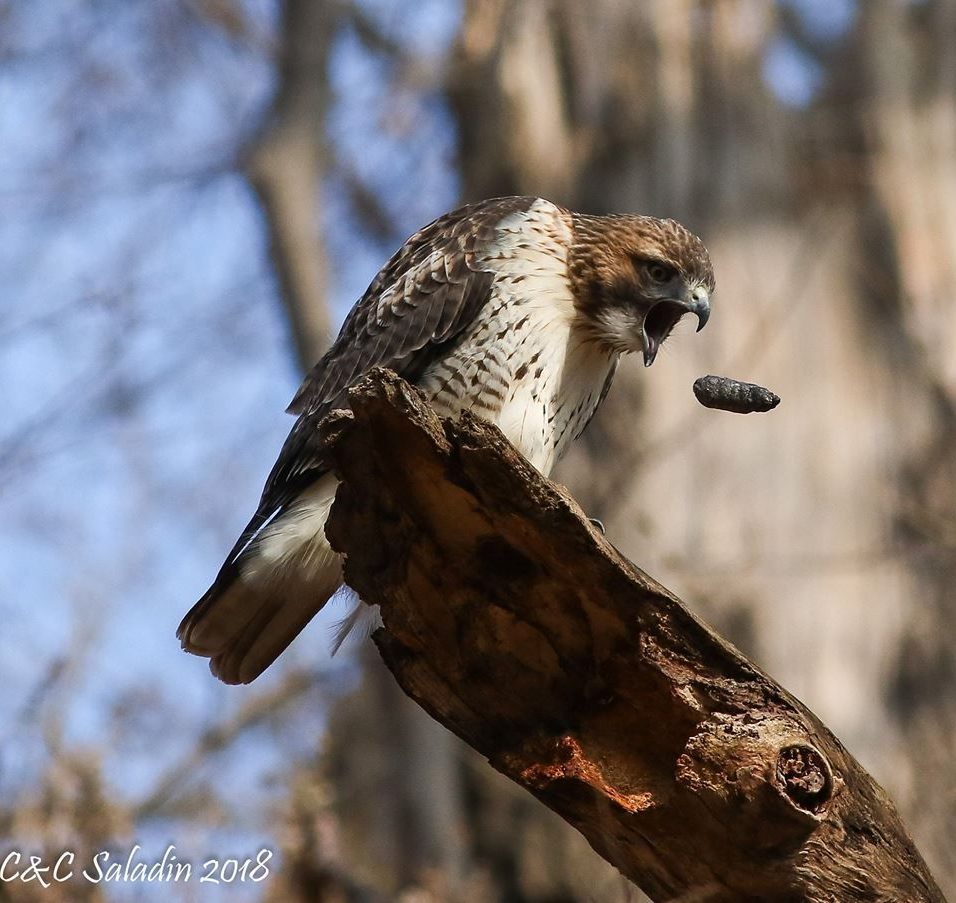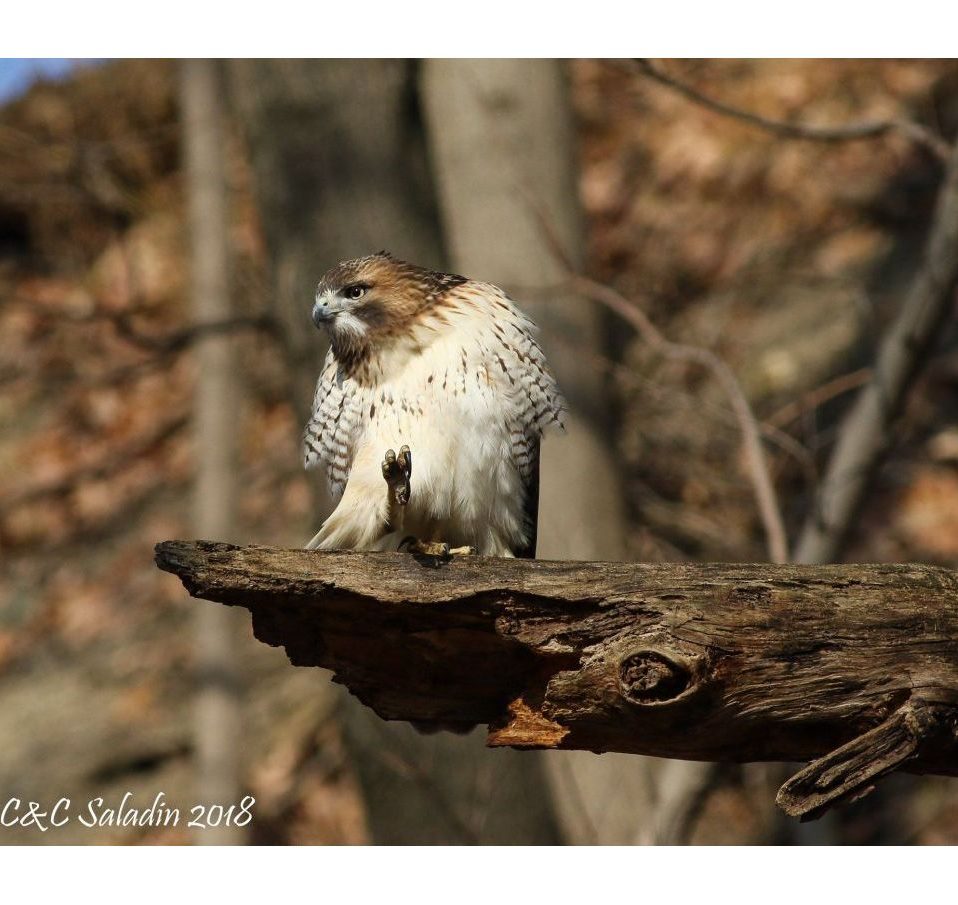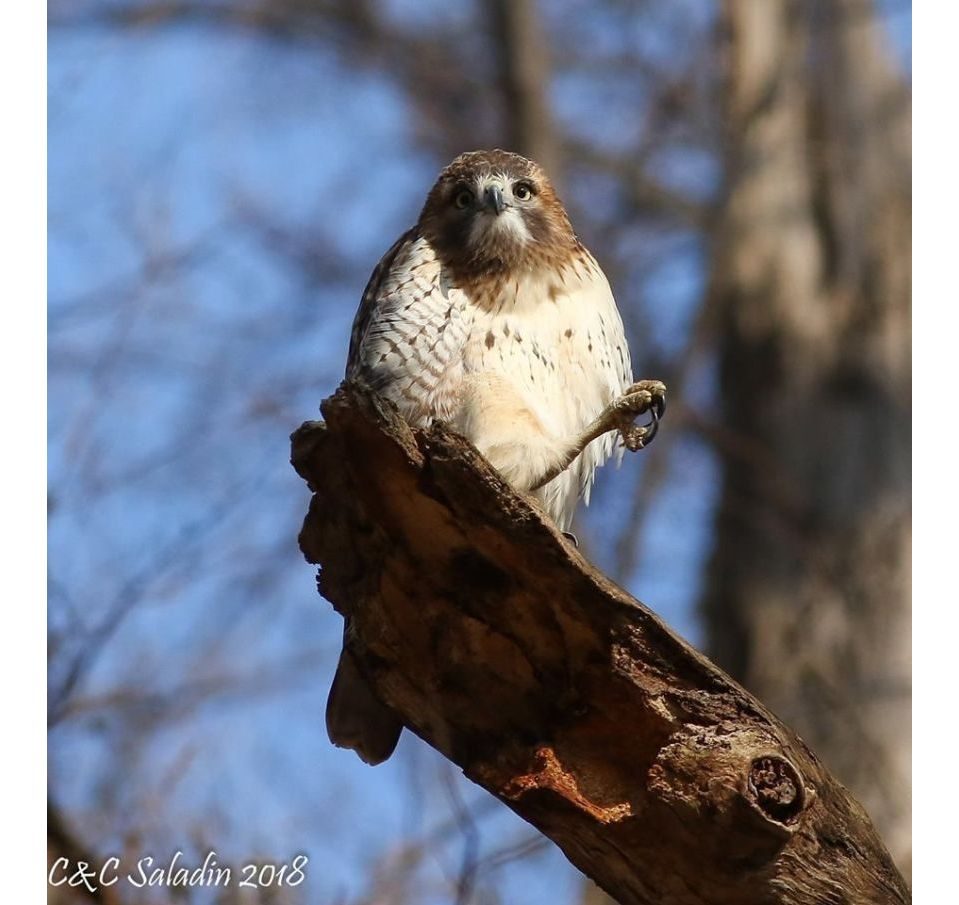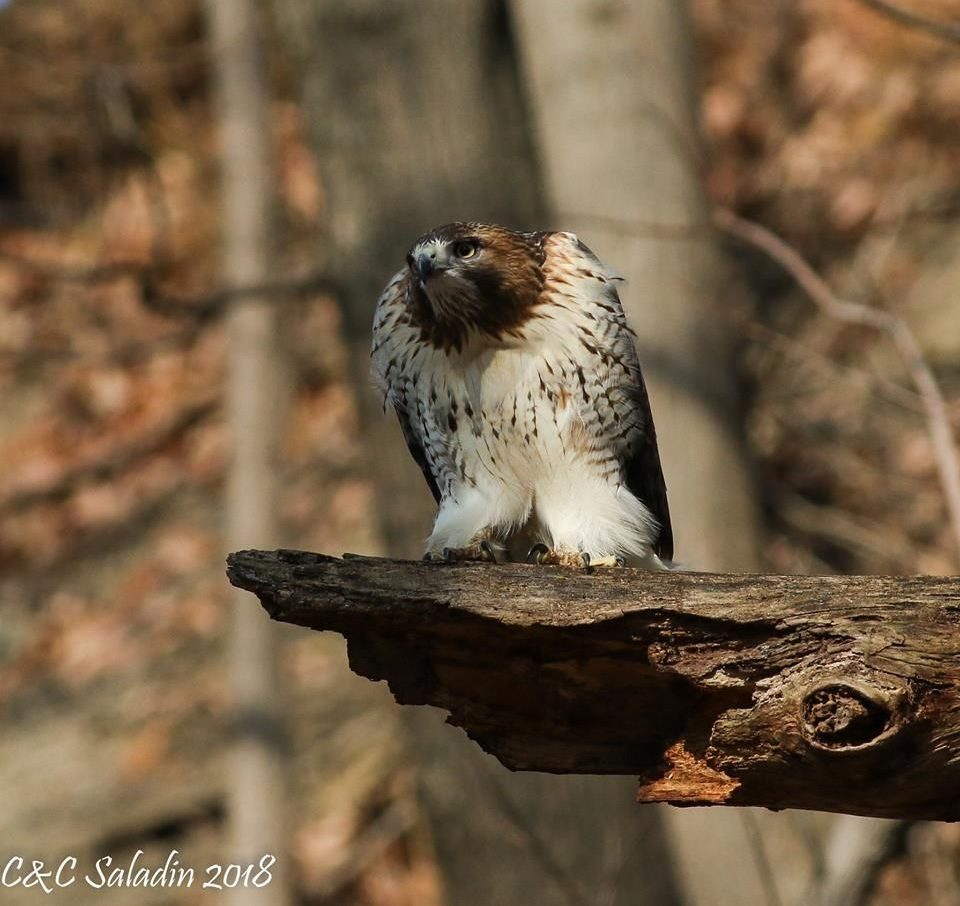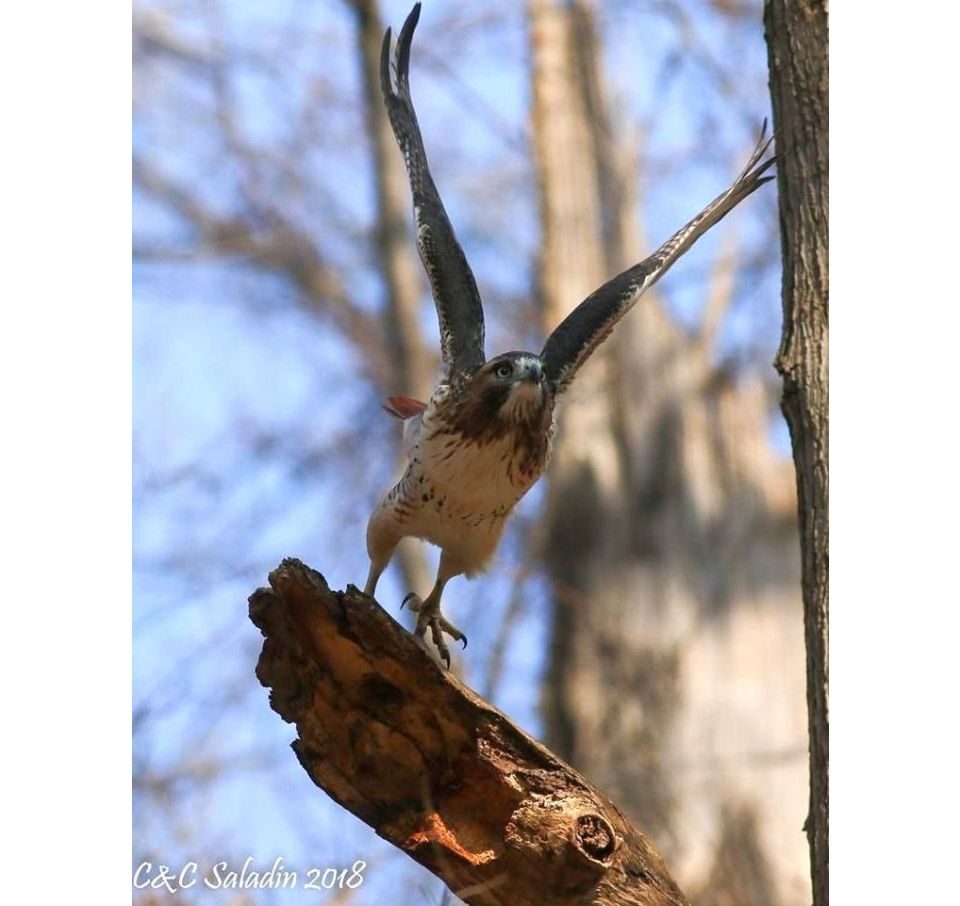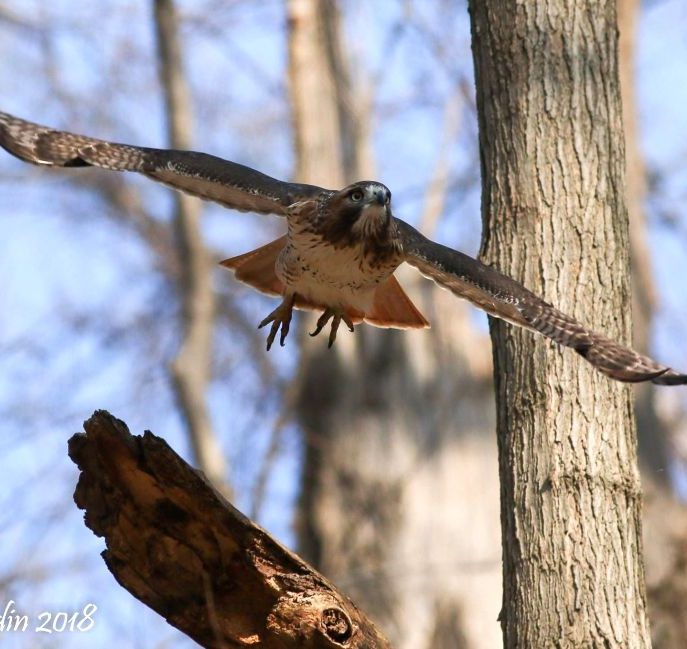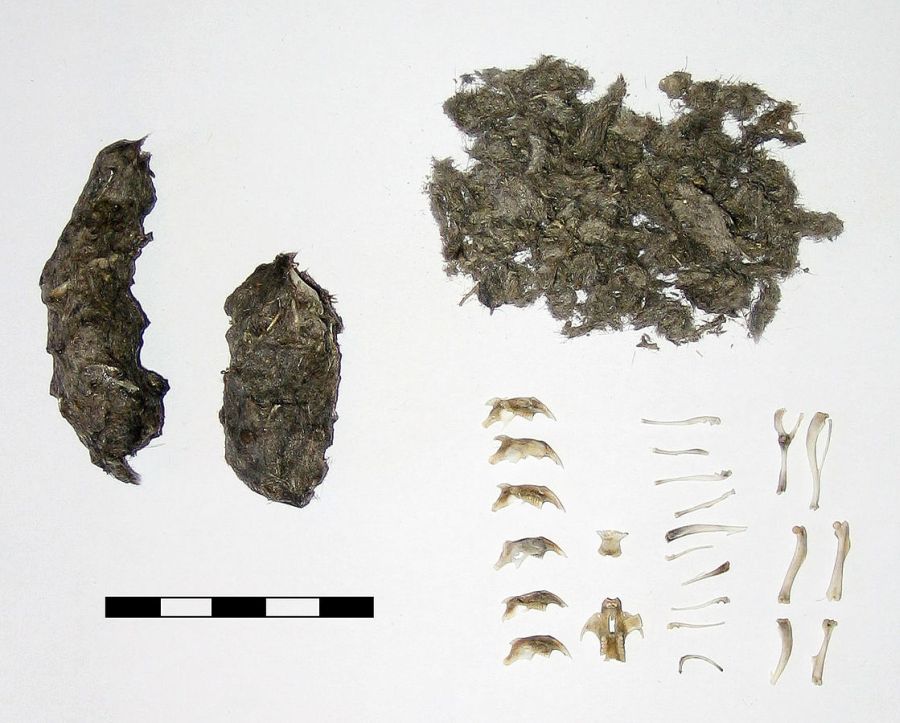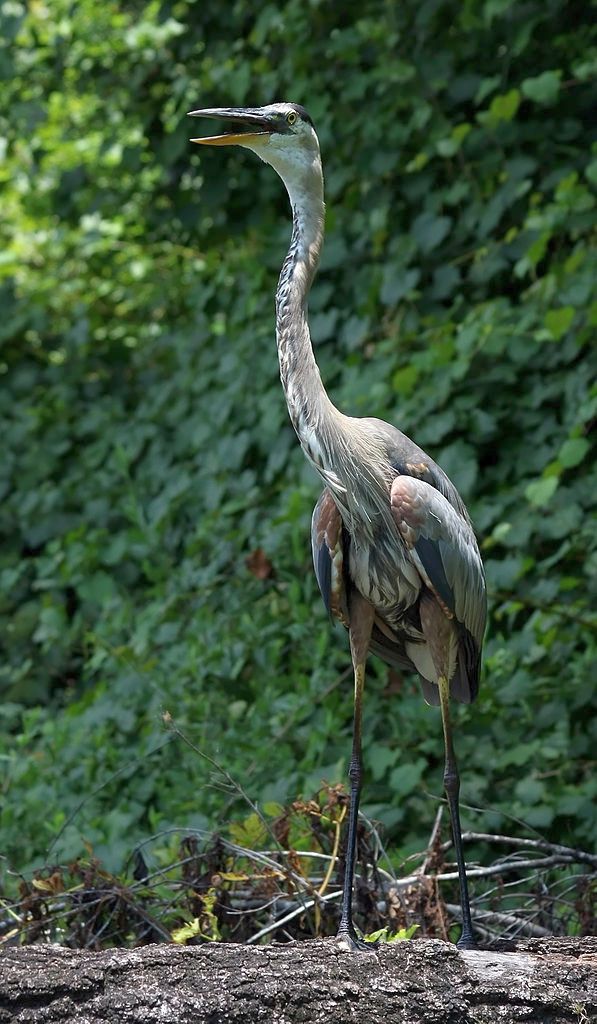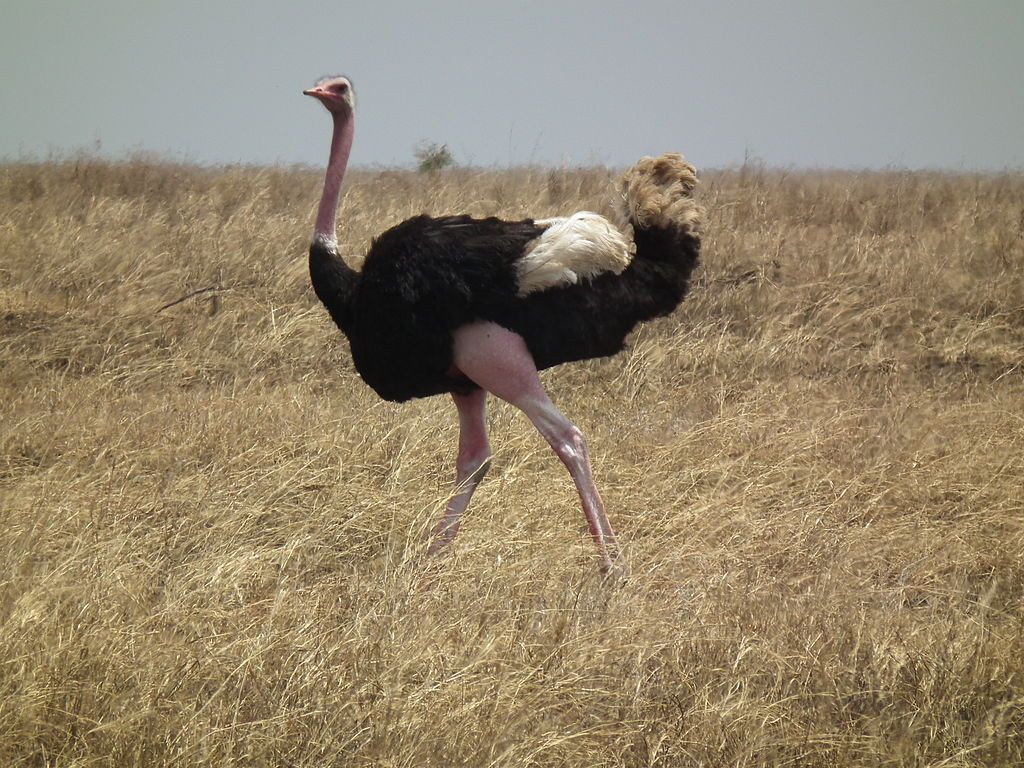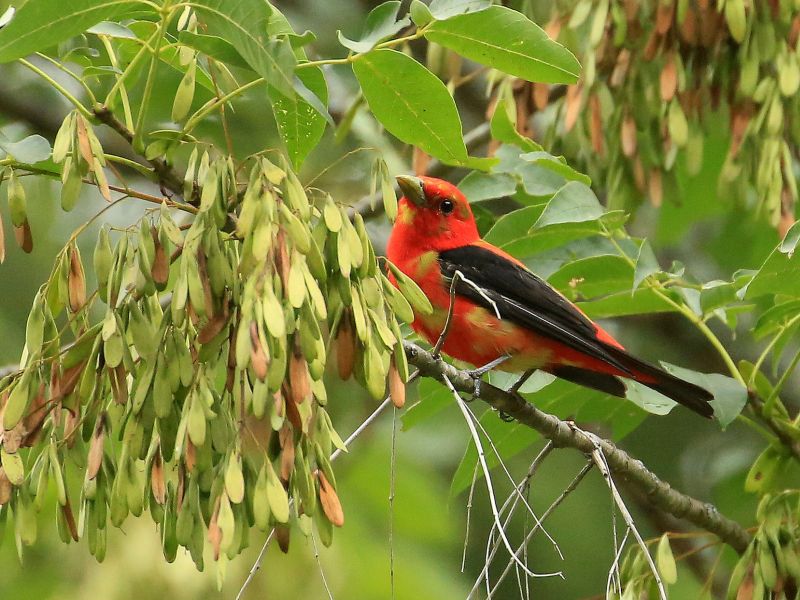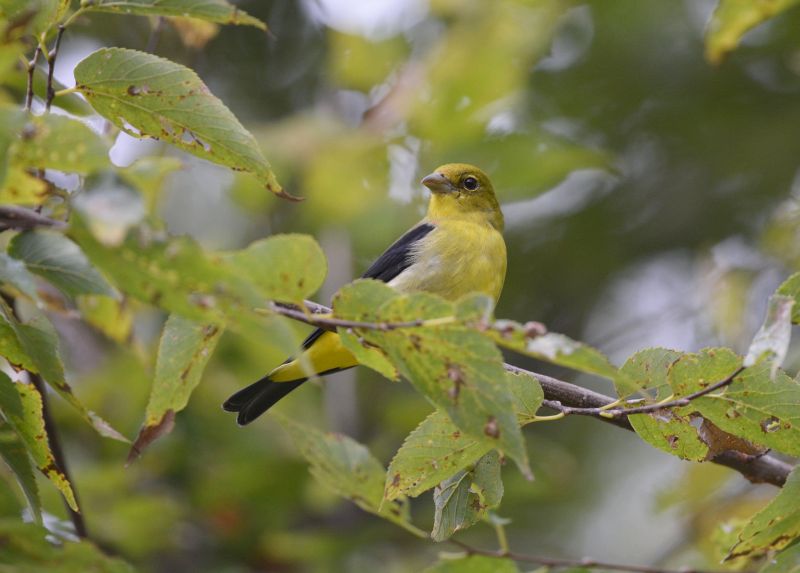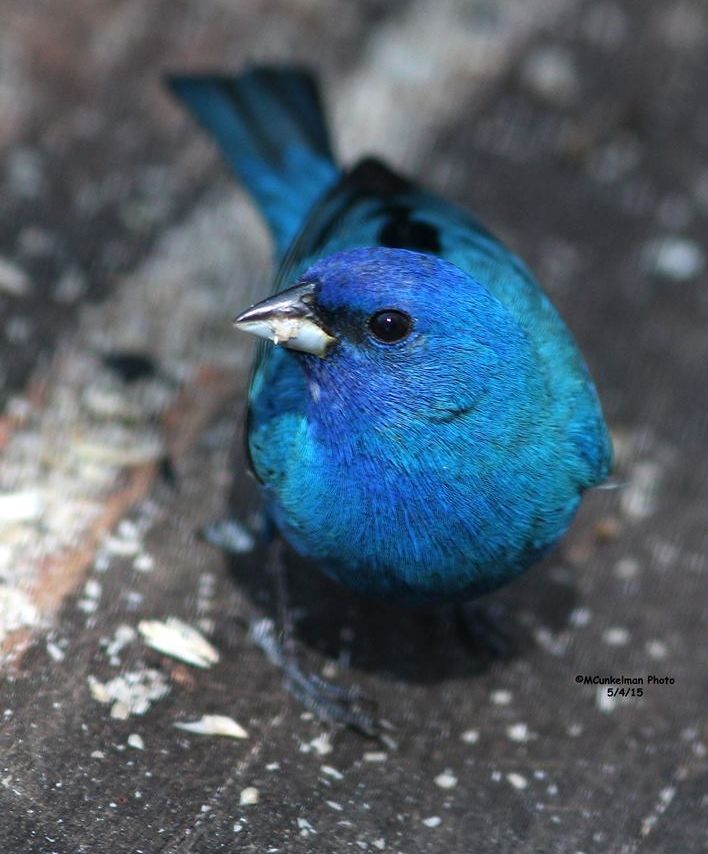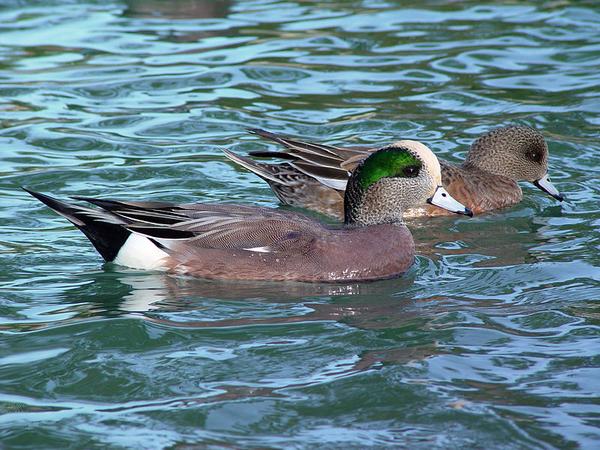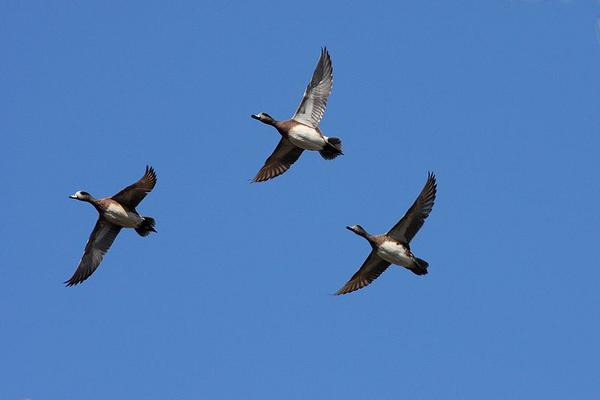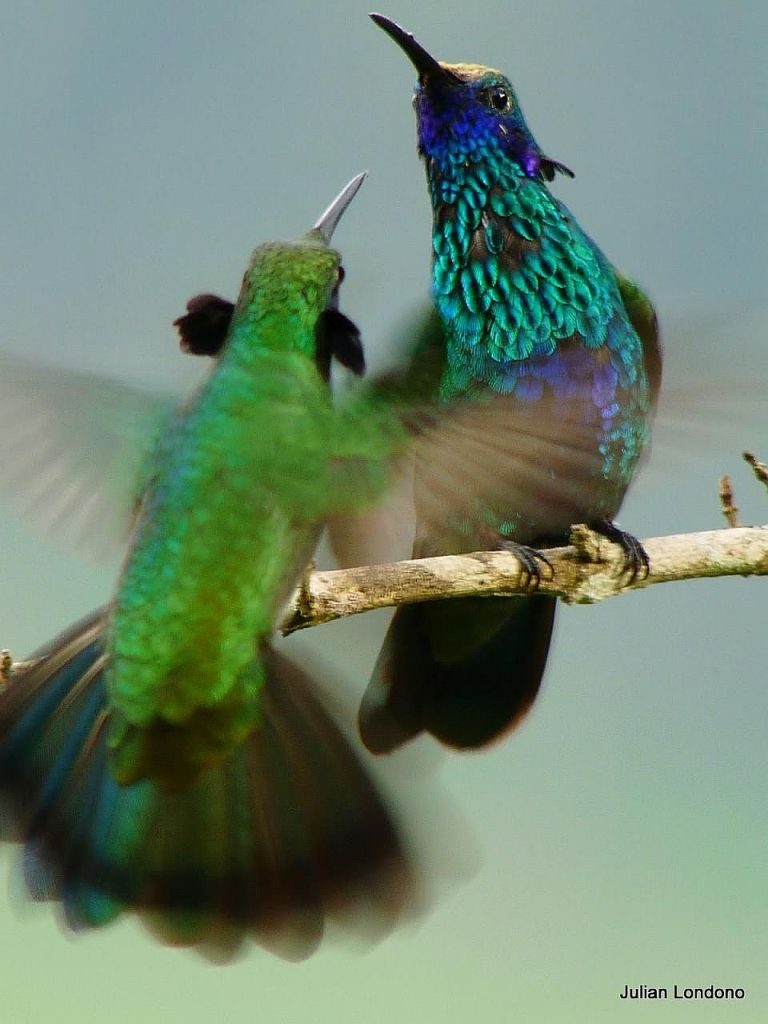
For centuries scientists have assumed that hummingbird beaks are always shaped for the flowers they feed on, but a recent study of their nectar-feeding mechanisms produced a surprising result. Some male hummingbirds have beaks that are inefficient for feeding but great for fighting.
Alejandro Rico-Guevara, an evolutionary biologist at UC Berkeley, assembled a team to study the biomechanics of nectar drinking. Using high-speed cameras they watched the entire feeding apparatus including bill shape, tongue shape, fluid trapping and elastic pumping.
Surprisingly, they found that male beak shapes in several South American species make it harder for males to draw in nectar. The females have nectar beaks but the males have straight dagger beaks or backwards facing teeth and hooked tips. You can see some of these features on the male tooth-billed hummingbird (Androdon aequatorialis) below.
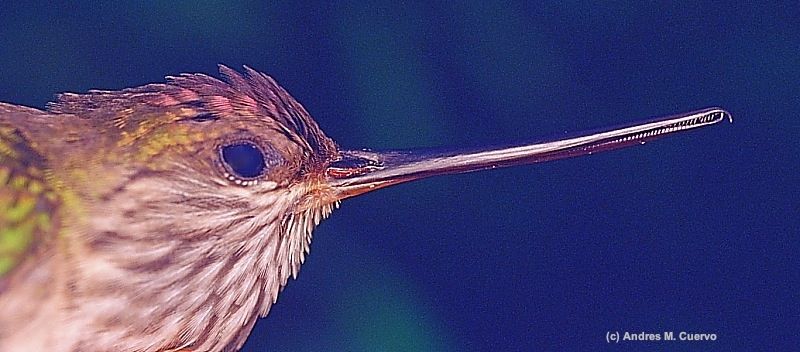
Among these species the females don’t fight much but the males are extremely belligerent. Examples include the tooth-billed hummingbird (Androdon aequatorialis) above, and the sparkling violetear (Colibri coruscans) and saw-billed hermit (Ramphodon naevius) below.
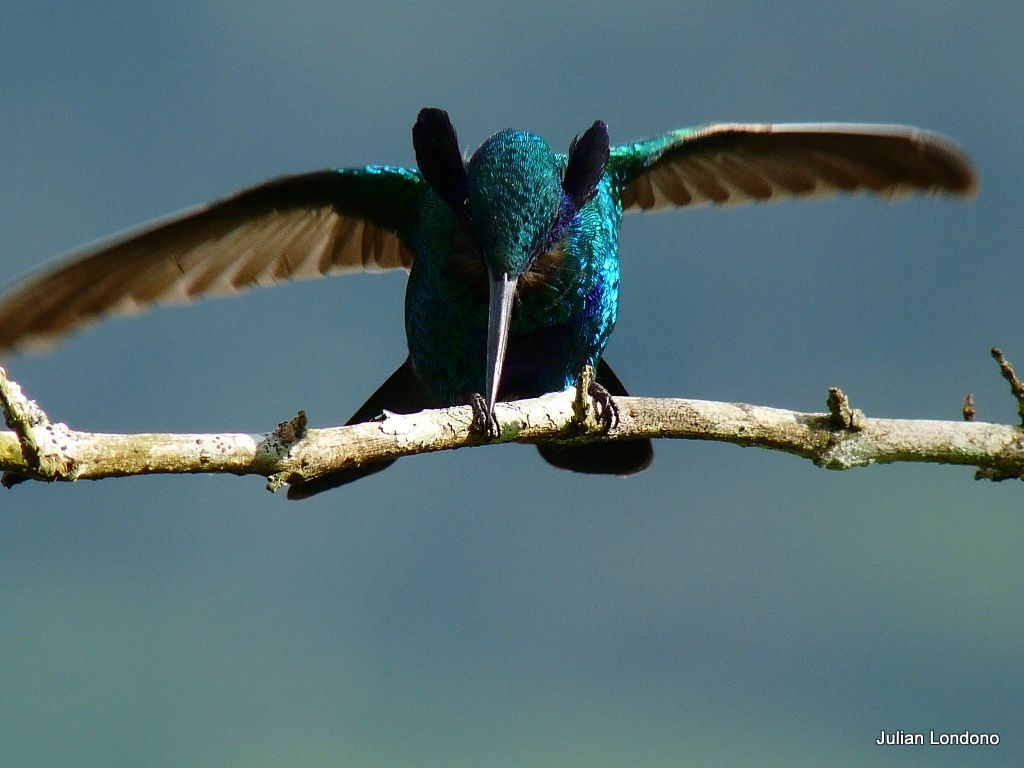
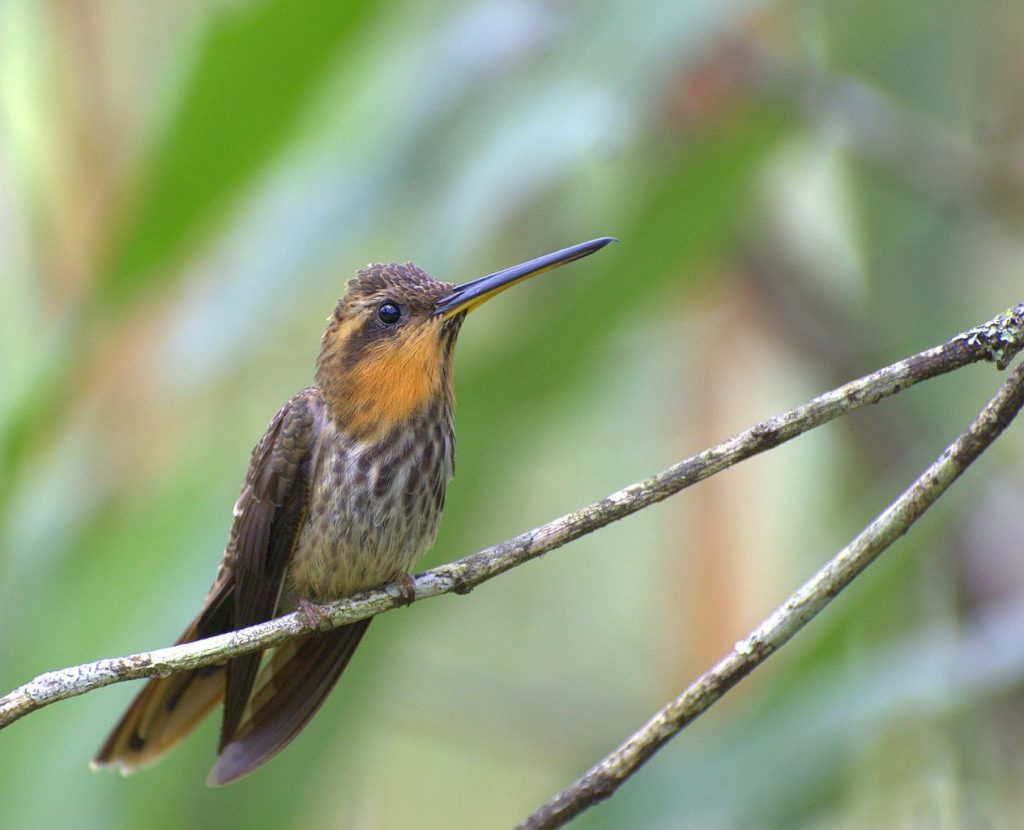
This video from the UC Berkeley study shows what those beaks are really used for!
For more details see this article at Gizmodo and the study itself at Oxford Academic.
(photos from Wikimedia Commons; click on the captions to see the originals. video from UC Berkeley Research)
